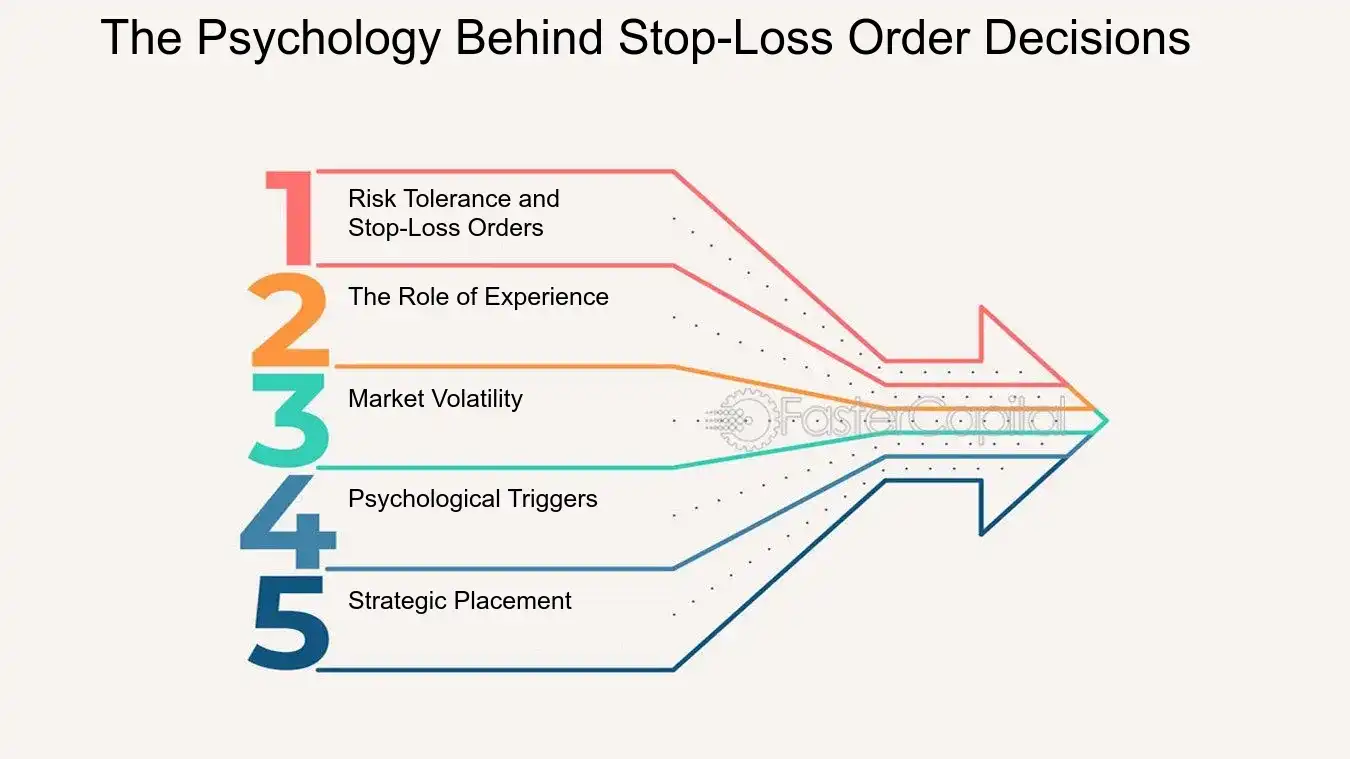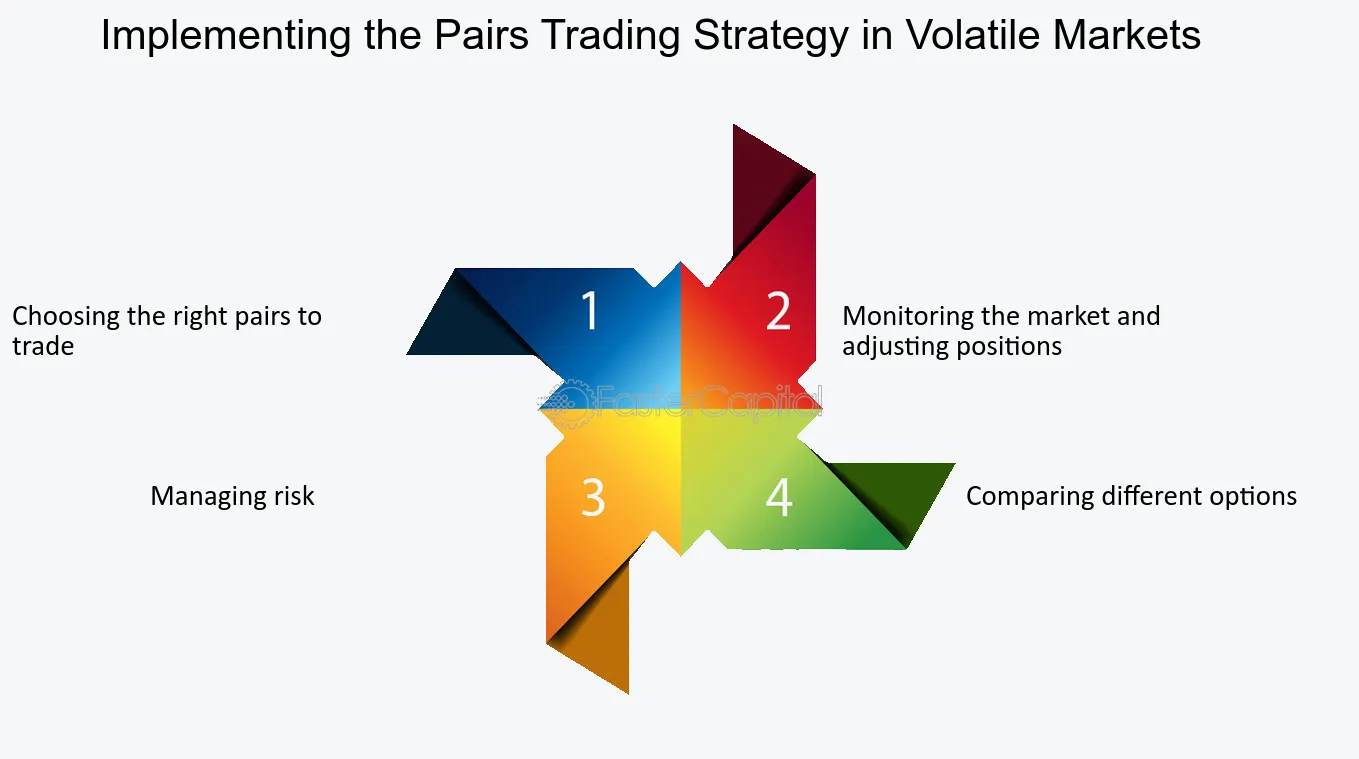Did you know that trading during volatile markets can feel like trying to dance on a rollercoaster? In this article, we dive into the multifaceted risks of trading when market conditions become unpredictable. From understanding how volatility impacts trading performance to recognizing the common pitfalls traders face, we’ll explore the heightened danger of false signals and the effects on stop-loss orders. Discover how leverage can amplify risks and the psychological toll that volatility may take on traders. We’ll also discuss effective strategies for risk management and the tools that can help navigate these turbulent waters. Finally, learn how news and economic data shape the landscape of volatility. Equip yourself with the insights provided by DayTradingBusiness to make informed decisions in unpredictable markets!
What are the main risks of trading during volatile markets?
The main risks of trading during volatile markets include significant price swings that can lead to huge losses, increased spreads and slippage making trades more expensive, and difficulty predicting market direction. Sudden movements can trigger stop-loss hits or margin calls, forcing forced exits at unfavorable prices. It’s harder to execute trades at desired levels, and emotional reactions like panic selling or overtrading can worsen losses. Overall, volatility amplifies unpredictability and risk exposure in trading.
How does market volatility affect trading performance?
Market volatility increases trading risks by causing unpredictable price swings, making it harder to predict asset movements accurately. It can lead to rapid losses if positions are not managed carefully. Sudden shifts can trigger stop-loss orders prematurely or cause margin calls, amplifying losses. High volatility also widens spreads, increasing trading costs. Overall, volatile markets demand quick decision-making and risk management, or traders risk significant financial damage.
Can traders lose more money during volatile conditions?
Yes, traders can lose more money during volatile market conditions because rapid price swings can trigger larger-than-expected losses, especially if they use leverage or fail to set proper stop-loss orders. Volatility increases the unpredictability of price movements, making it harder to manage risk and potentially amplifying losses.
What are the common mistakes in volatile markets?
Common mistakes in volatile markets include overtrading, chasing quick profits, ignoring stop-loss orders, neglecting proper risk management, and letting emotions drive decisions. Traders often hold onto losing positions hoping for a rebound or get scared and sell prematurely. They also underestimate the speed and scale of price swings, leading to significant losses. Failing to adjust strategies for heightened risk and ignoring market signals increases exposure to sudden downturns.
How does volatility increase the risk of false signals?

Volatility causes rapid price swings, making it harder to distinguish genuine trends from noise. This leads to more false signals, as sudden jumps or drops can trigger misleading buy or sell alerts. Traders might act on these false signals, increasing the chance of losses. High volatility amplifies market noise, raising the likelihood of incorrect entries and exits.
Is it safer to avoid trading during high volatility?
Yes, trading during high volatility is riskier because price swings are unpredictable and can lead to sudden losses. Sudden market moves can trigger stop-loss hits or cause slippage, making trades less controllable. Volatility can also cause spreads to widen, increasing transaction costs. Avoiding trading during these times reduces exposure to unpredictable price gaps and emotional decision-making, making it safer overall.
What strategies help manage risk in volatile markets?
To manage risk in volatile markets, use stop-loss orders to limit losses, diversify your portfolio to spread risk, and avoid over-leveraging. Stay updated on market news to react quickly, and set clear trading plans with defined entry and exit points. Keep emotions in check to prevent impulsive decisions, and consider using options or hedging strategies for added protection.
How does increased volatility impact stop-loss orders?
Increased volatility widens price swings, making stop-loss orders more likely to be triggered unexpectedly. Fast market moves can cause stop-losses to execute at worse prices than intended, leading to larger-than-expected losses. Sudden spikes or drops can trigger stops prematurely, closing positions before the market stabilizes. Overall, volatile conditions raise the risk of stop-loss orders not protecting against larger losses or being executed at unfavorable prices.
Can leverage amplify risks in volatile trading conditions?
Yes, leverage amplifies risks during volatile trading conditions by increasing potential losses beyond initial investments, making sudden market swings more damaging.
What are the psychological risks of trading during volatility?

Trading during market volatility increases psychological risks like emotional decision-making, impulsiveness, and overconfidence. It can cause fear and panic, leading to hasty trades or panic selling. The stress may impair judgment, making traders more prone to mistakes and chasing losses. Over time, this emotional strain can lead to burnout, loss of discipline, and increased risk of developing unhealthy trading habits.
How does market volatility impact different asset classes?
Market volatility increases risk across all asset classes by causing unpredictable price swings. Stocks can plummet or surge suddenly, making short-term trading risky. Bonds may see wider spreads and less liquidity, raising the chance of losses. Commodities often experience sharp price fluctuations driven by supply and demand shocks. Forex markets become more erratic, with exchange rates swinging wildly. Crypto assets face extreme volatility, risking rapid value loss. Overall, volatile conditions raise the likelihood of missed targets, increased losses, and higher trading costs across asset classes.
What signs indicate a volatile market is becoming too risky?
Signs of a risky volatile market include large, frequent price swings, widening bid-ask spreads, and sudden volume spikes. If stocks or assets jump or drop sharply within minutes, it's a red flag. Increased unpredictability and lack of clear trend signals also indicate heightened risk. When market sentiment turns overly pessimistic or optimistic quickly, it suggests instability. These signs mean trading becomes more unpredictable and potential losses can escalate rapidly.
How should traders adjust their positions in volatile markets?

Traders should cut back on leverage, set tight stop-loss orders, and avoid overtrading. Focus on quick exits and reduce position sizes to manage risk. Stay alert to news that can trigger sudden price swings, and avoid holding large, risky positions.
What tools or indicators are useful in volatile trading?
Tools like Bollinger Bands, Average True Range (ATR), and Relative Strength Index (RSI) help identify volatility and potential reversals. Volume indicators confirm breakout strength. Price action analysis and candlestick patterns reveal market sentiment. Using stop-loss orders and setting tight risk management controls are essential to limit losses during high volatility.
How does news and economic data influence risks during volatility?
News and economic data can cause sharp price swings during market volatility. Positive reports might boost confidence, pushing prices higher, while negative news can trigger sudden drops. Traders react quickly to new data, increasing the risk of losses if they misjudge the market’s response. Volatile conditions amplify the impact of unexpected news, making it harder to predict moves and manage risk effectively.
Conclusion about What are the risks of trading during volatile market conditions?
In summary, trading during volatile market conditions presents significant risks, including increased potential for losses, false signals, and psychological stress. To navigate these challenges effectively, traders must implement risk management strategies, utilize appropriate tools, and remain vigilant to market indicators. By understanding the nuances of volatility, traders can make informed decisions and mitigate potential downsides. DayTradingBusiness is dedicated to providing the insights and support necessary for traders to thrive in these unpredictable environments.